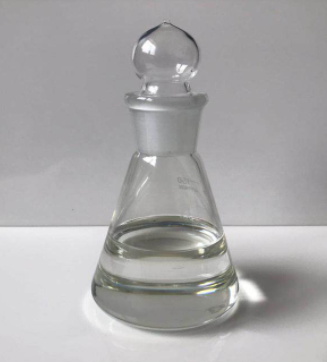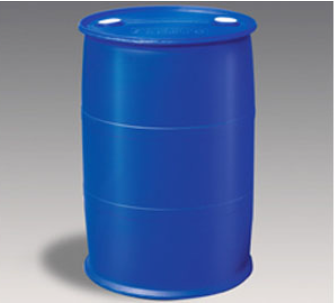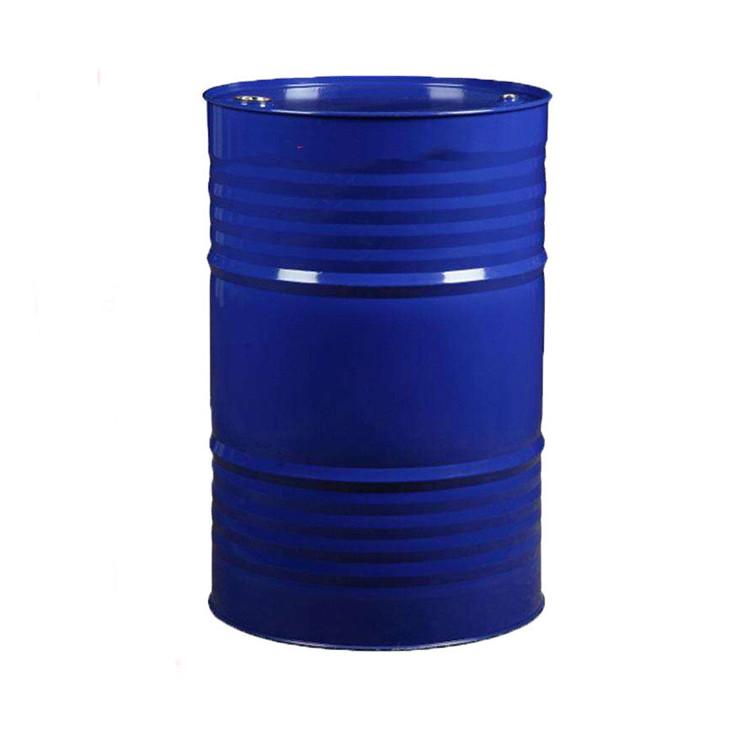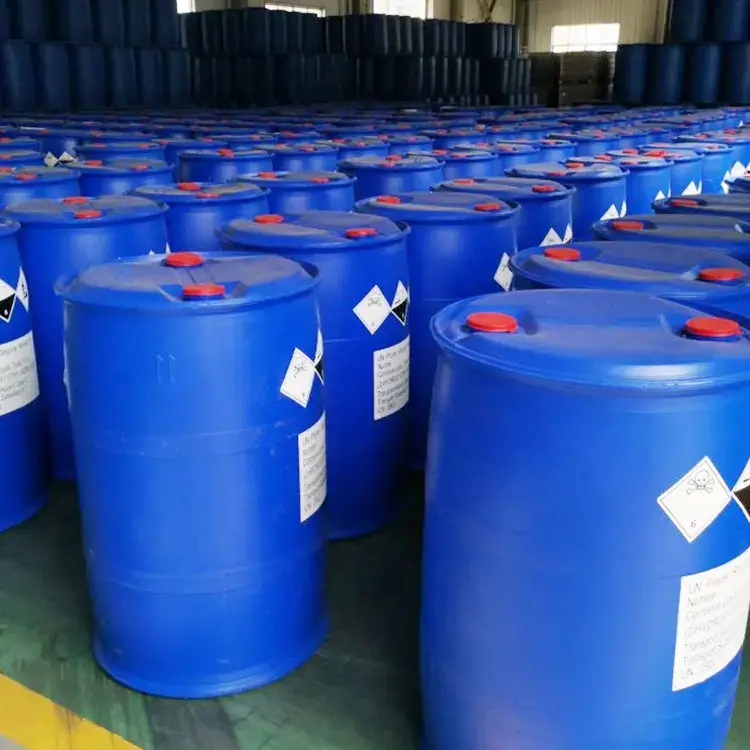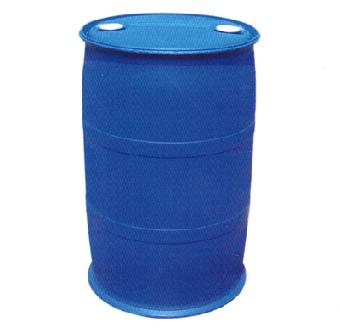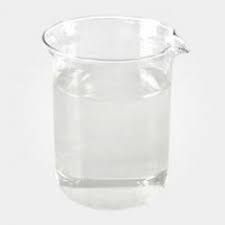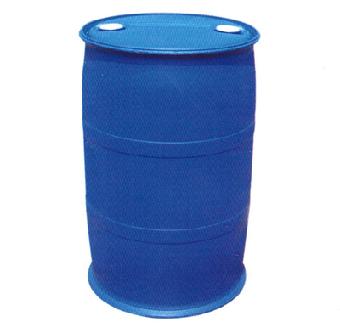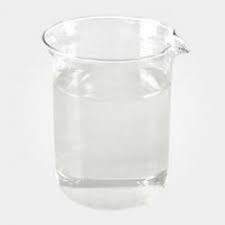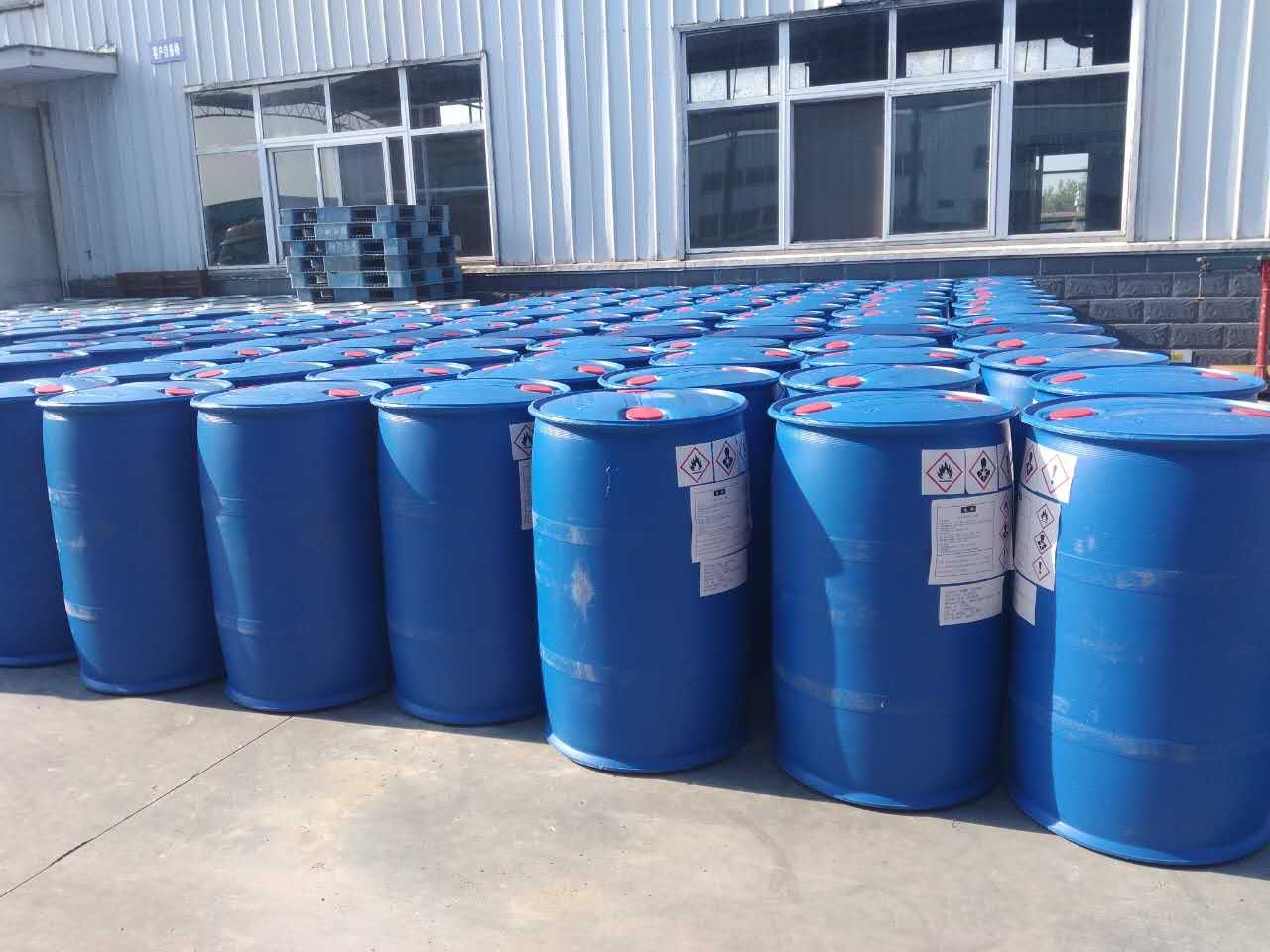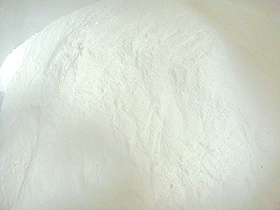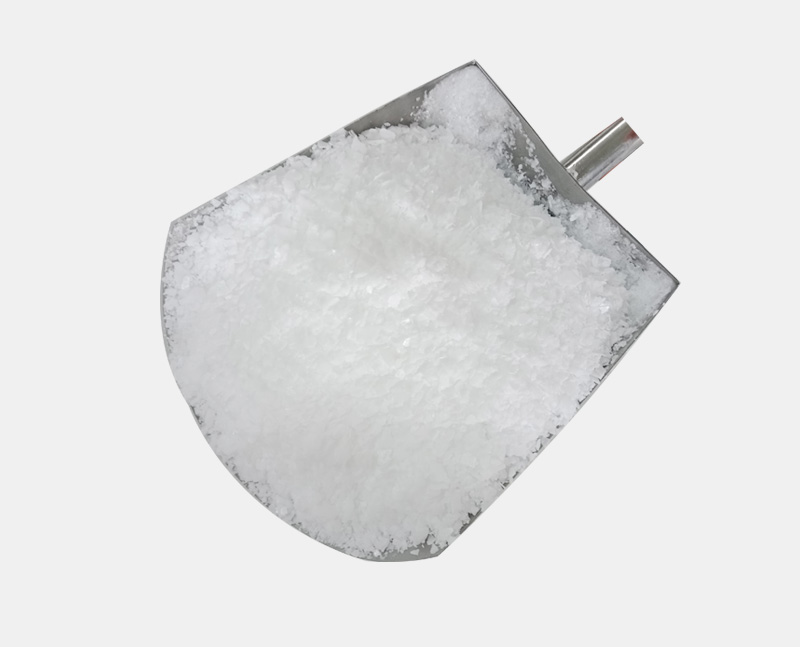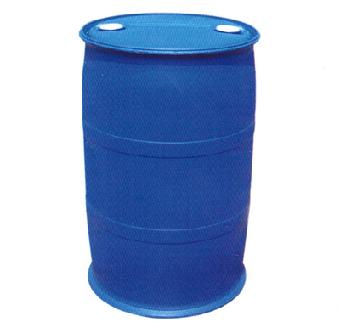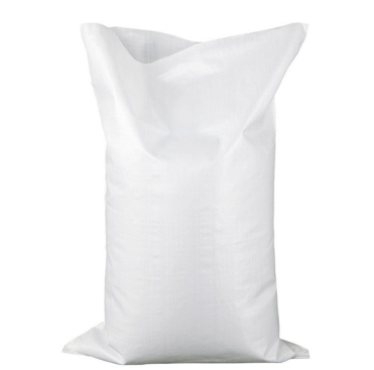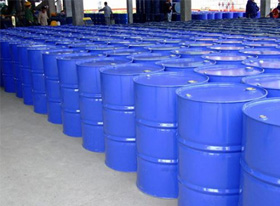Water Treatment Chemicals
Leather Auxiliary Agents
Paper Additives
Forest Chemicals
Textile Auxiliaries
Building Chemicals
Rubber Additives
Other Auxiliary Agent
Plastic Additives
Coating Additives
Resin Additives
Adhesive
Adhesive Additives
Cross-Linking Agent
Plastic Rubber Chemicals
Antioxidant
Fluorescent Brightener
Flame Retardants
UV Absorbers
Electronics Chemicals
Petroleum Additives
Pesticide Additives
Polyethylene Glycol Derivatives
Coupling
Molecular Sieve
Beneficiation Agents and Smelting Additives
Adsorbent
Organic Extractant
Oilfield Chemicals
Dye Auxiliaries
CAS:868-77-9
Molecular Formula:C6H10O3
Alias
More Information
2HEMA; Hydroxyethyl Methacrylate; Ethylene Glycol Monomethacrylate; HEMA Chemical; HEMA Monomer; 2-Hydroxyethl Methacrylate; 2-Hydroxyethyl 2-Methylprop-2-Enoate; Hydroxy Ethyl Methacrylate; 2-HEMA; HEMA; Phema; Ethylene Glycol Methacrylate; 2-Hydroxyethylmethacrylate; Methacrylic Acid 2-Hydroxyethyl Ester; Methanol,Methyl Methacrylate; 1,2-Ethanediol Mono(2-Methylpropenoate); 2-Hydroxyethyl 2-Methylproperioate; 2-(Methacryloyloxy)Ethanol; 2-Hydroxyethyl 2-Methylacrylate; 2-Hydroxyethyl-2-Methyl-2-Propenoate; 2-Methyl-2-Propenoic Acid, 2-Hydroxyethyl Ester; 2-Hydroxymethylmethacrylate; Hydroxyethyl Methacrylate 868-77-9
Brief Introduction
Hydroxyethyl methacrylate is a colorless, transparent and flowable liquid, soluble in common organic solvents. Hydroxyethyl methacrylate is mainly used to modify resins and coatings. Acrylic resin with active hydroxyl group in side chain can be prepared by copolymerization with other acrylic monomers. It can be used for esterification and cross-linking reaction to synthesize insoluble resin and improve adhesion. It can be used as fiber treatment agent. It can react with melamine formaldehyde (or urea formaldehyde) resin and epoxy resin to produce two-component coatings. It can keep the mirror luster for a long time by adding it into the paint of high-grade car. It can also be used as adhesive for synthetic textiles and medical polymer monomer.
Suppliers
View More Vendors (6) >
CAS:109-16-0
Molecular Formula:C14H22O6
Alias
More Information
(Ethane-1,2-Diylbis(Oxy))Bis(Ethane-2,1-Diyl) Bis(2-Methylacrylate); Triethyleneglycol Dimethylacrylate; Tgm 3; Tgm35; Ethy; Tgm3S; Tgm3Pc; 2-Propenoic Acid, 2-Methyl-, 1,2-Ethanediylbis(Oxy-2,1-Ethanediyl) Ester; Tedma; Tegdma; Nk Ester 3G
Brief Introduction
Unsaturated polyester resin (UPR) is one of the three most widely used matrix resin materials in resin matrix composites. It has excellent comprehensive properties, good processability, mechanical properties, corrosion resistance and electronic insulation. Therefore, it is widely used in automotive components, power engineering, chemical industry and other fields.
Suppliers
View More Vendors (4) >
CAS:126-30-7
Molecular Formula:C5H12O2
Alias
More Information
Neopentyl Glycol (NPG); 2,2-Dimethylpropane-1,3-Diol; NPG; 2,2-Bis(Hydroxymethyl)Propane; Npg Glycol,Neopentylglycol; Neopentyl Glycol; 2,2-Dihydroxy-2,2-Dimethylpropane; 1,3-Propanediol, 2,2-Dimethyl-; 1,3-Dihydroxy-2,2-Dimethylpropane; 1,3-Propanediol,2,2-Dimethyl-; 2,2-Dimethyl-1,3-Dihydroxypropane; Neopentyl Glyco; 2,2-Dimethyl-1,3-Propanediol (Npg); 2,2-Dimethylpropan-1,3-Diol; neo Pentyl Glycol
Brief Introduction
The use of new amyl glycol is very extensive. It is mainly used as a plasticizer for producing unsaturated polyester resin, oil-free alkyd resin, polyurethane foam and elastomer, additives for high-grade lubricants and other fine chemicals. Neopentyl glycol is an excellent solvent for selective separation of aromatic hydrocarbons and naphthenic hydrocarbons. Neopentyl glycol has water resistance, chemical resistance and weather resistance. The amino baking varnish has good light retention and no yellowing. It can also be used as raw materials for the production of polymerization inhibitor, stabilizer and insecticide.
Suppliers
View More Vendors (3) >
CAS:70-55-3
Molecular Formula:C7H9NO2S
Alias
More Information
4-Methylbenzenesulfonamide; P-Toluenesulfonamide; 4-Toluenesulfonamide; Tosylamide
Brief Introduction
P-toluenesulfonamide is a kind of excellent solid plasticizer for thermosetting plastics, and is suitable for phenolic resin, melamine resin, urea formaldehyde resin and polyamide resin. A small amount of coordination can improve the processability, make the curing even, and give the product a good luster. P-toluenesulfonamide has no softening effect of liquid plasticizer, and is incompatible with PVC and vinyl chloride copolymers, and is compatible with cellulose acetate, cellulose acetate butyrate and nitrocellulose. Low toxicity of p-toluenesulfonamide, approved by the food and Drug Administration for use in adhesives for food packaging materials. TSH is commonly used as a brightener for nickel plating. The structure of the coating can be improved by adsorption on the electrode, which can have a certain degree of surface luster. The amount of brightener added is not strictly limited, and the influence on the characteristics of the coating is relatively light, but only semi bright coating is obtained, and the gloss of the surface is related to the polishing effect of the substrate before plating. The foaming agent of p-toluenesulfonamide is fine, the product shrinks little, the tear strength is high and the stability is good. Therefore, it has a wide range of applications.
Suppliers
View More Vendors (2) >
CAS:75-79-6
Molecular Formula:CH3Cl3Si
Alias
More Information
Methyl Trichlorosilane; Methyl Trichloro Silicane; Perhexa 25Z; Methylsilichloroform; Silane, Trichloromethyl-; Methyltrichloromonosilane; Methyl-Trichlorsilan; Trichloro(Methyl)Silane; Trichloromethylsilane; Methylsilicochloroform; Trichloromethylsilicon; Methyltrichlosilane; Luperox 118; Kayaester Ab; Trichlor-Methylsilan; Methyltriehlorosilane; Methyl Silicochloroform; Methylsilicon Trichloride; Methylsilyltrichloride
Brief Introduction
Monomer used as silicone resin
Suppliers
View More Vendors (2) >
Inquiry (
10
/ 10
)
Clear All
Sign In
Error!

